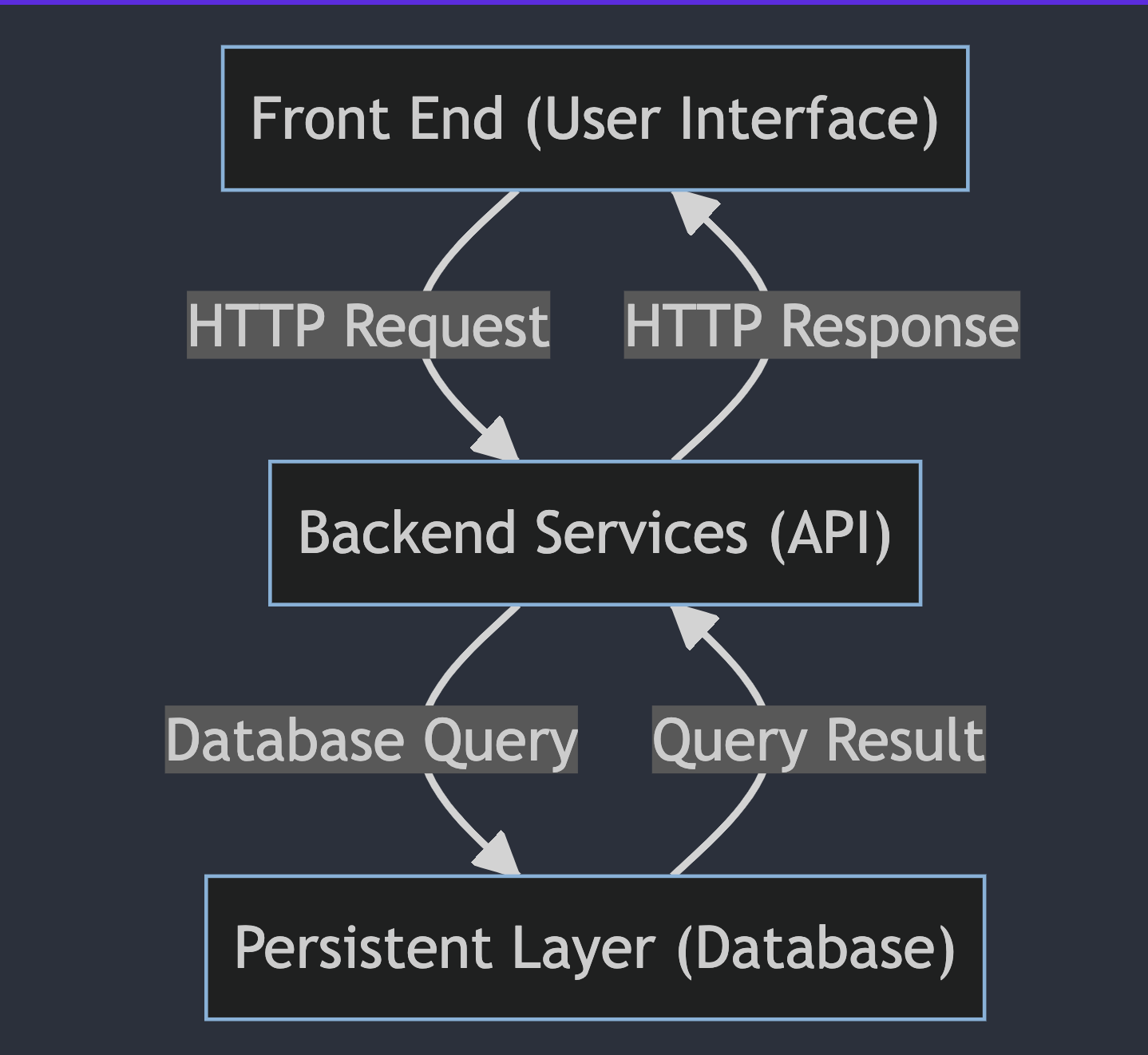Transition to a Software Engineering Career Today
Are you a college graduate, whether from abroad or locally, finding yourself stuck in an underpaying or labor-intensive job? Have you ever considered the possibility of transitioning into a more financially rewarding and flexible career path? By training yourself to become a software engineer, you can unlock a world of opportunities. Software engineering offers the potential for higher salaries, the ability to work remotely, and the chance to lead a more comfortable life. With the demand for software professionals continuously on the rise, investing your time and effort into learning this valuable skill can be a transformative step towards a brighter future. So, if you aspire to improve your quality of life and career prospects, why not explore the path to becoming a software engineer?
About This Documentation
This documentation website serves as a valuable resource for individuals looking to transition their careers into software engineering. It compiles knowledge and insights from various sources, curated to facilitate a swift and effective transition into this exciting field.
Whether you're a newcomer to software engineering or someone looking to enhance their skills, this platform is here to guide you on your path to success.
Here is the architecture of a typical web application, segmented into three main components. The Front End (User Interface) serves as the point of interaction for users, sending HTTP requests to the Backend Services (API). This middle layer is responsible for the core functionality of the application, including data processing and business logic. It interacts with the Database (DB) to store and retrieve data. The Backend Services then return the processed data to the Front End via HTTP responses, completing the cycle of user interaction. This three-tier architecture is a widely adopted model for modern web applications, offering separation of concerns and easier maintainability.

- Front End (User Interface): This is the front-end layer where the user interacts with the application.
- Backend Services (API): This is the middle layer that handles the application's core functionality.
- Persistent Layer (Database): This is the back-end layer where data is stored and retrieved.
This documentation is also group according to these three tier of application architecture.
Book a conversation with us for personalize training today!
Backend Services (API)
Persistence Layer (DB)
Miscellaneous
Of course, you don't need to master every course on this list, as different job roles require distinct skill sets. To guide your learning journey, we've categorized courses into 'Major' and 'Minor' based on popular jobs. We recommend deep-diving into the courses listed under 'Major' and giving a quick glance to those under 'Minor.'
Front-End Developer (Web)
Major: HTML, CSS, JavaScript, Angular or ReactJs
Minor: Nodejs, Database
Focus on courses that teach web technologies, frameworks, and libraries such as Angular or ReactJs to build interactive and dynamic web applications.
Front-End Developer (Mobile - Android)
Major: Android Native
Minor: Database
Concentrate on courses that cover Android development, using Java or Kotlin, to build native mobile applications.
Front-End Developer (Mobile - iOS)
Major: iOS Native
Minor: Database
Prioritize courses on iOS development, using Swift or Objective-C, to build native mobile applications for Apple devices.
Front-End Developer (Mobile - Cross-Platform)
Major: React Native
Minor: Nodejs, Database
Engage in courses teaching cross-platform mobile development with frameworks like React Native to build applications for both Android and iOS.
Back-End Developer (Node.js)
Major: Nodejs
Minor: Database, HTML, CSS, JavaScript
Choose courses focusing on server-side development using Node.js, along with understanding of databases and basic front-end technologies.
Back-End Developer (Java)
Major: Spring Boot
Minor: Database, HTML, CSS, JavaScript
Opt for courses on server-side development using Java and frameworks like Spring Boot, along with basic knowledge of front-end technologies.
Back-End Developer (.Net Core)
Major: .Net Core
Minor: Database, HTML, CSS, JavaScript
Focus on courses covering server-side development using .Net Core, and understanding of databases and basic front-end technologies.
Full-Stack Developer (Web)
Major: HTML, CSS, JavaScript, Angular or ReactJs, Nodejs
Minor: Database
Opt for a balanced course load covering both front-end and back-end technologies to become proficient in full-stack web development.
Full-Stack Developer (Mobile)
Major: Android Native or iOS Native, Nodejs
Minor: Database
Engage in courses covering both mobile development (either Android or iOS) and server-side technologies to become proficient in full-stack mobile development.
Database Administrator or Database Developer
Major: Database
Minor: Nodejs, Spring Boot, .Net Core
Focus on courses covering database design, management, and integration with various server-side technologies for a career in database administration or development.
Unlock your full potential with our in-depth, paid training program tailored to your learning needs. Whether you prefer personalized, one-on-one coaching or the dynamic environment of a group setting, we have the perfect solution for you. Don't miss this opportunity to gain hands-on experience and valuable insights from industry experts. Sign up now and take the next big step in your career!

